Your dog has never missed a meal. Usually, they dive head-first into their bowl without hesitation. But today, they don’t seem as interested. And it isn’t due to an illness. That kibble simply doesn’t seem as appealing to them as it has in the past. They need to eat so they can run around as usual. You don’t want to reach for treats that may go heavy on the calories or salt, though. Instead, you can try adding in canned dog food to spark their interest. Wet food is often all you need to rekindle your pup’s love affair with their food.
Dog Diets
Some canines will eat anything you put in front of them – no questions asked. Others have a more delicate palate, turning up their nose at every diet you bring home. (Maybe they learned the habit from cats in the house) And then you’ll find shades of gray that cover options in between.
As long as you’re meeting the proper nutritional balance, there’s no WRONG way to feed your dog. And plenty of owners choose to combine dry and canned dog foods to keep their furry friends happy.
Canned foods cost more, on average, due to the packaging process. But they’re lower in fat. For dogs with a few extra pounds, that’s important. However, they may have more protein than your dog needs. And while “high protein” sounds impressive, it’s not actually safe – particularly in adult dogs. (Puppies get away with it as they’re still growing) It’s a careful balance of deciding what nutrients your dog needs, what they’ll eat, AND what protects their health.
Pros and Cons of Canned Dog Food
Dogs usually LOVE canned dog food. It has a stronger smell that attracts their noses. And with a wider variety of textures than you find with kibble, they can’t wait to dive in. For picky eaters, that irresistibility is key. And while plenty of people feed strictly canned dog food, it’s important to look at both sides of the coin.
Pros of Canned Dog Food
Hydration is key to keeping your dog healthy. You already make sure they have fresh, clean water available at all times. But canned dog foods are PACKED with moisture. This means your dog will stay hydrated, courtesy of their regular meals. And if you sneak some extra water in to make more gravy? You’re golden.
You’ll also find fewer fillers in wet food. They simply aren’t needed the way they are in kibbles. That means quality carbohydrates your dog can turn into energy. And the fiber choices rank higher on the nutrition scale. You’re less likely to spot corn on the ingredient label than you will with dry food.
Cons of Canned Dog Food
Unfortunately, the fresher aspect of that canned dog food means you can’t keep it in a storage container on the shelf for weeks at a time. Once you pop the top, you have a maximum of SEVENTY-TWO hours before you need to throw any remaining portion in the trash. And, between scooping portions, you should seal the can and store it in the refrigerator to prevent spoilage.
And while the wet food sits out, it DRIES out. Dogs may not want to eat it as it loses that moisture to evaporation.
People like canned dog foods as the meats and vegetables remain in their “true” form. However, they’re soft diets. And they WON’T scrape your dog’s teeth the way kibble does. This can lead to severe dental problems. You’ll need to step up your toothbrushing to compensate.
Types of Canned Dog Food
Originally, canned dog food came in one form: a loaf of pate. Now, you’ll find plenty of texture varieties that cater to the interests of every pup:
- Chunks: Large pieces of meat swim in broth, gravy, or jelly. And this canned dog food has the highest water content – and the lowest calories.
- Ground: Like the ground meats you’d make into burgers, this wet food has a soft, meaty texture. There’s not as much gravy, so you get higher calories.
- Minced: These canned dog foods look like strands of meat in gravy. The water content is a little shy of the chunk diets.
- Pate: You can still find the old stand-by of the loaf of wet food. It holds its shape out of the can and doesn’t have much water.
- Stew: One of the newest canned dog foods, you can pick out and recognize individual meat chunks and veggies in the gravy. Calories go up due to the addition of the extra ingredients.
No one type is better than another. You’ll need to figure out what your dog likes. And it’s okay to change the texture. Plenty of dog food brands make more than one variety.
Choosing a Canned Dog Food
With all of the dog food choices that exist on the shelves, you’ll find at least that many canned dog foods. And trying to pick one can get tricky. Those ingredient labels are even SMALLER and more challenging to read. You may need to start your research online to read the information clearly and find the nutrition breakdown you need to make an informed decision. Because you want to look for these important features:
- Meat: The first ingredient should be the meat, not a by-product. Now, there’s an exception with canned dog foods. Often, WATER comes first. This doesn’t make the food bad. Simply check what comes next and make sure it’s the meat the food’s supposed to contain.
- Carbohydrates: Rice often shows up as the carb of choice. And that’s a good choice. So are other whole grains.
- Vegetables: Stews, in particular, like to throw in veggies. And considering many are superfoods, you can’t go wrong. Just make sure they’re not dominating the diet. This means they shouldn’t appear in the first three ingredients.
- Fillers: This is one of the few times you won’t hear me tell you to avoid grain-free diets (to a certain extent). And that’s because most canned dog foods skip those pesky fillers of potatoes and legumes in the first place. However, you still don’t want to see excess fillers like corn or soy.
- Additives: Canned dog foods don’t need artificial colors any more than kibbles do. You shouldn’t see anything other than meat, carbs, vitamins, and minerals.
The Best Canned Dog Foods
Dogs – like cats or even humans – can grow tired of the same diet over and over every day. You don’t want to compromise their health by introducing table food or increasing their snacks, though. Instead, you can start offering canned dog food. Your pup will get the same nutrition they will with their kibble in a new fun texture and smell they’ll enjoy. You may want to consider keeping that dry food on hand, though. Wet diets aren’t perfect. And you never know when your little canine may change their mind AGAIN.
Our Greyhound loved having wet food mixed with her kibble. Then, out of the blue, she stopped finishing her bowl. When we took out the canned dog food (which was the same brand as the dry), she happily devoured her meals again. Dogs can get every bit as picky as cats.
Blue Buffalo offers several canned dog foods, though most still contain pesky grain-free ingredients. And while you’ll see “high protein” on the label, it’s within limits recommended for adult dogs (8-10%). Your dog can choose from eight different flavors, including several WITH the wholesome grains (and NO potatoes) they need for carbs. They also come in acceptable on the fat scale at 8%.
Downsides? This is a more expensive canned dog food. And for a ground diet, some people found it heavy on the gravy in some batches. It’s not necessarily a problem with the food, but it shows a lack of quality control. Owners also reported their dogs ended up gassy after eating the food.
The Good
- Ground texture
- 471 calories/can
- Protein 8-10%
- Fat 8%
- Available in 8 flavors
The Bad
- Expensive
- Poor quality control
- Dogs can get gassy
- Some flavors contain potatoes
Most people recognize the iconic Westie on the front of the Cesar box. These little pate trays have delighted plenty of dogs over the years. They also come in the chunk texture, and there are THIRTEEN flavors to choose from, covering the interest of every canine. They won’t overdo the protein at 8.5% or the fat (a measly 4%). And the trays are easy to portion out. You’ll also find options with (or without) vegetables, making a complete meal for your favorite canine companion.
The downsides? At 105 calories a tray? You’re going to need LOTS to fill up anyone other than a small breed. And even some of the little ones went begging for more after a meal. That can add up in the expense department.
The Good
- Pate and Chunk Texture
- Protein 8.5%
- Fat 4%
- Available in 13 flavors
The Bad
- Expensive to feed larger dogs
- 105 calories/tray
- May not satisfy as a meal
While not precisely “canned” dog foods, subscription dog foods are wet foods that follow the same idea. The Farmer’s Dog is one of those services, providing a personalized meal sent directly to your door. They use USDA-inspected meats and human-grade veggies and grains. And if your dog has allergies, they can provide a specialized meal that considers that. You get plenty of opportunities to tweak anything you don’t like, too. And they have a range of protein options. The protein balance comes out around 8-11%, while the fat stays around 6-8%, so you’re not losing there.
So what are the downsides? All of that customization is EXPENSIVE. And if you make special requests (such as avoiding potatoes, lentils, and legumes), the price goes higher. Not to mention that asking for fish or other proteins besides their staples of turkey, pork, beef, and chicken is an addition (not helpful in the allergy department). You also need to use the food faster as it comes in a bag rather than a can or tray you can reseal.
The Good
- Chunk Texture
- 360 calories/0.5 pound
- Protein 8-11%
- Fat 6-8%
- Available in over 20 flavors
- Customizable
The Bad
- Expensive
- Customizations cost extra
- Spoils faster
Hill’s gets the backing of veterinarians, and they publish their research on all of their canned dog foods. That’s important for many owners. But the food also appeals to plenty of dogs. You’ll find formulas for puppies, adults, and seniors, an option that omits corn, wheat, and soy, different can sizes, and even options for dogs that need to go easy on calories. And the stew texture? Dogs love it and go nuts for the boost of veggies.
Downsides? The protein comes in low at 4%, and the fat even lower at 2%. You may want to use this in addition to kibble.
The Good
- Stew Texture
- 305 calories/can
- Available in 21 flavors
The Bad
- Protein 4%
- Fat 2%
Nom Nom is another subscription service that provides “canned” dog food. They create small batches of wet food using human-grade ingredients. Each batch undergoes cold-packing before it’s shipped to your door. They have four recipes for you to choose from, each with a bonus of fish oil to give your dog omegas. You’ll also find healthy vegetables in the mix, and some of them are superfoods. Protein ranges from 8-11%, and fat goes from 5-6%.
The downsides? Considering the expense, it’d be nice if you had the option to customize your meal. Because you WILL pay a lot to have the food delivered to your door. And you’ll face the usual problem of the wet food spoiling faster due to the lack of a can. Not to mention they use potatoes, sweet potatoes, and peas in some of the recipes (the turkey’s the only exception).
The Good
- Ground Texture
- 1249-1489 Kcal/kg
- Protein 8-11%
- Fat 5-6%
- Available in 4 flavors
The Bad
- Expensive
- Spoils faster
- Some recipes contain potatoes, sweet potatoes, and peas
If you want another customizable choice, you can consider Ollie. They have four primary recipes they start with, but they also consider your dog’s individual needs. You’ll only find human-grade ingredients, and they add plenty of superfoods into the mix, including blueberries. The protein ranges from 9-11%, and most of the recipes are clear on fat at 7%.
So what are the downsides? Again, you get to pay for the extras – not to mention the handy delivery. Also, the chicken flavor has a fat content of 3%, which is low. And EVERY recipe contains potatoes, sweet potatoes, and legumes. You’re taking a risk with your dog’s heart.
The Good
- Ground Texture
- 1298-1804 Kcal/kg
- Protein 9-11%
- Fat 7%
- Available in 4 flavors
- Customizable
The Bad
- Expensive
- Spoils faster
- Contains potatoes, sweet potatoes, and legumes
- Chicken recipe's Fat 3%
Pedigree has ranked as a favorite canned dog food for years. They combine top cuts of meat into a thick gravy that dogs go crazy for. You have four flavors to choose from, including a stew option with vegetables. The protein squeaks by at 8%, but at least you know your dog won’t get more than they need. It’s a simple recipe that combines well with dry food.
Downsides? The fat comes in low at 3%. Also, you will see artificial colors on the ingredient list. Your dog doesn’t need (or want) those. And while veggies are nice, they went with peas.
The Good
- Chunk Texture
- 332 calories/can
- Protein 8%
- Available in 4 flavors
The Bad
- Fat 3%
- Contains artificial colors
- Some flavors contain peas
Purina shows up plenty on this list. The company has a solid reputation, and they employ board-certified nutritionists on their staff. For dogs that like a little bit of everything in their canned dog food, you can’t go wrong with their Beneful line. You get the perfect combination of a stew of meat, grain, and vegetables – all with the essential vitamins and minerals your dog needs in their diet. And the handy tub makes sealing and storing any uneaten portion a cinch. You’ll find plenty of flavors to choose from, which should appeal to even a picky canine. And with an average protein level of 12%, you won’t worry about setting the bowl down.
The downsides? The fat content’s WAY down there at 2%. And while you don’t want your dog to put on the pounds, they still need SOME fat in their diet. And while it’s nice to have nutritionists working on these diets, you’ll find peas in some of the recipes. You may want to opt for flavors without them.
The Good
- Stew Texture
- 308 calories/tub
- Protein 12%
- Available in 26 flavors
The Bad
- Fat 2%
- Some flavors contain peas
Purina’s Beyond canned dog food focuses on ingredients sourced from a wolf’s traditional diet. You have three flavors to choose from, and all of them are grain-free. They pack in the protein without going over the limits for a healthy adult dog (9%). And you’ll still get the vitamins and minerals your dog needs – without worrying that all of that organ meat’s going to push the fat too high (7%).
So what are the downsides? You’re not going to find ANY grains or vegetables in this canned dog food. Well, one flavor contains lentils, but you don’t want to see those. Protein’s important, but it doesn’t offer a balanced diet. And some dogs weren’t fans of the taste – “primal” formula or not.
The Good
- Ground Texture
- 431 calories/can
- Protein 9%
- Fat 7%
- Available in 3 flavors
The Bad
- No grains or vegetables
- One flavor contains lentils
- Not all dogs like the taste
Perhaps you want a little extra from your canned dog food. Purina ONE SmartBlend includes glucosamine to support joint health. And that’s on top of their three delicious flavors. Your dog gets meaty chunks mixed in with grains and vegetables. It’s a complete diet that comes in at a tidy protein level of 10%. And the brown rice they use? It’s easy to digest, even if your pup has a sensitive stomach.
Downsides? The fat level is low at 3%. And while dogs don’t seem to mind, plenty of owners dislike the strong smell of this canned dog food. You’ll have to decide if that’s a deal-breaker or not.
The Good
- Chunk Texture
- 425 calories/can
- Protein 10%
- Available in 3 flavors
The Bad
- Fat 3%
- Strong odor
Rounding out the Purina list, you find their Pro Plan canned dog food. And the bonuses? They go on and on. You’ll find plenty of omegas for shiny coats and healthy skin. They also include carrageenan, which helps support a healthy immune system. And that’s on top of the ten flavors you can choose from, finding an option for any canine on your list. Some throw in vegetables, while others skip them – but you won’t see peas anywhere! The protein sits around 9%, with a healthy fat of 6%, rounding out the nutrition level.
The downside? Unfortunately, they do include some added colors. It’s the only complaint in an otherwise quality food.
The Good
- Ground Texture
- 453 calories/can
- Protein 9%
- Fat 6%
- Available in 10 flavors
The Bad
- Contains added colors
Wellness offers a grain-free canned dog food that avoids any tricky ingredients. Actually, their ingredients avoid quite a bit, focusing on protein and little else. You have six flavors to choose from, and they don’t add anything more than meat, water, and some helpful carrageenan. It gives you a diet with a protein and fat level of 10%. That should entice any pup to dive right in.
So what are the downsides? Even Wellness admits this is NOT a diet you should feed regularly. It’s not balanced. You don’t get grains or ANY carbs, and there are no veggies. They tell you upfront to use it as a supplement or intermittent option. Dogs are omnivores, not carnivores.
The Good
- Pate Texture
- 521 calories/can
- Protein 10%
- Fat 10%
- Available in 6 flavors
The Bad
- No grains or vegetables
- Not intended for regular feeding
The Spice of Life
When your dog needs a little extra in their meals, it’s okay to consider canned dog foods. You’ll help with natural hydration without packing on the fat. However, you may end up with dental problems arising if you don’t add in dry food or dental chews. And keeping up with the expiration time of wet food to prevent spoilage takes on genuine importance. You don’t want your dog to get sick.
But canned foods offer a greater variety to your pup. And when they’re bored with their current diet? It’s a nice way to change things up for them.

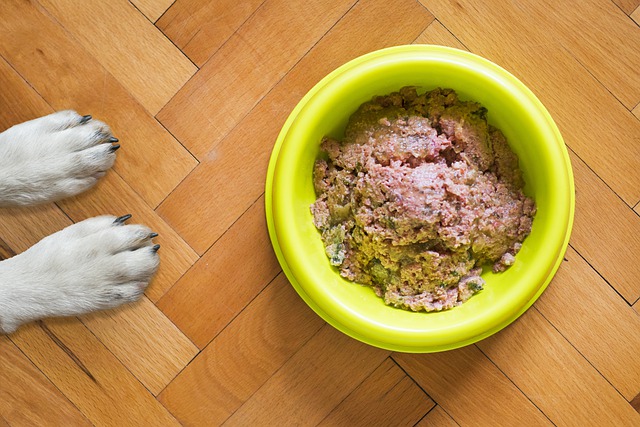
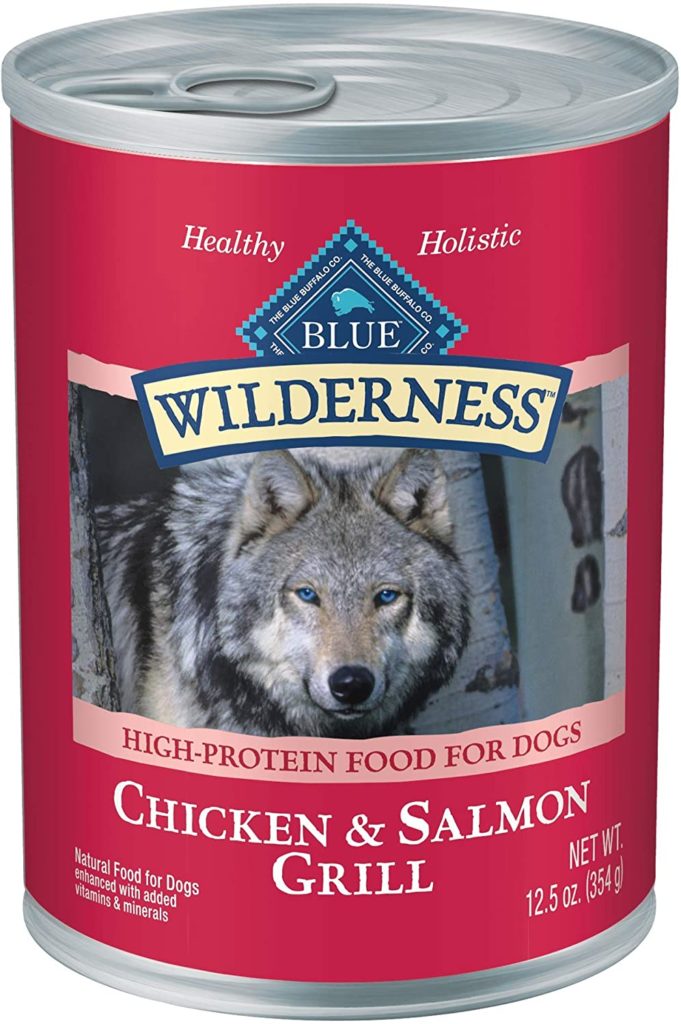
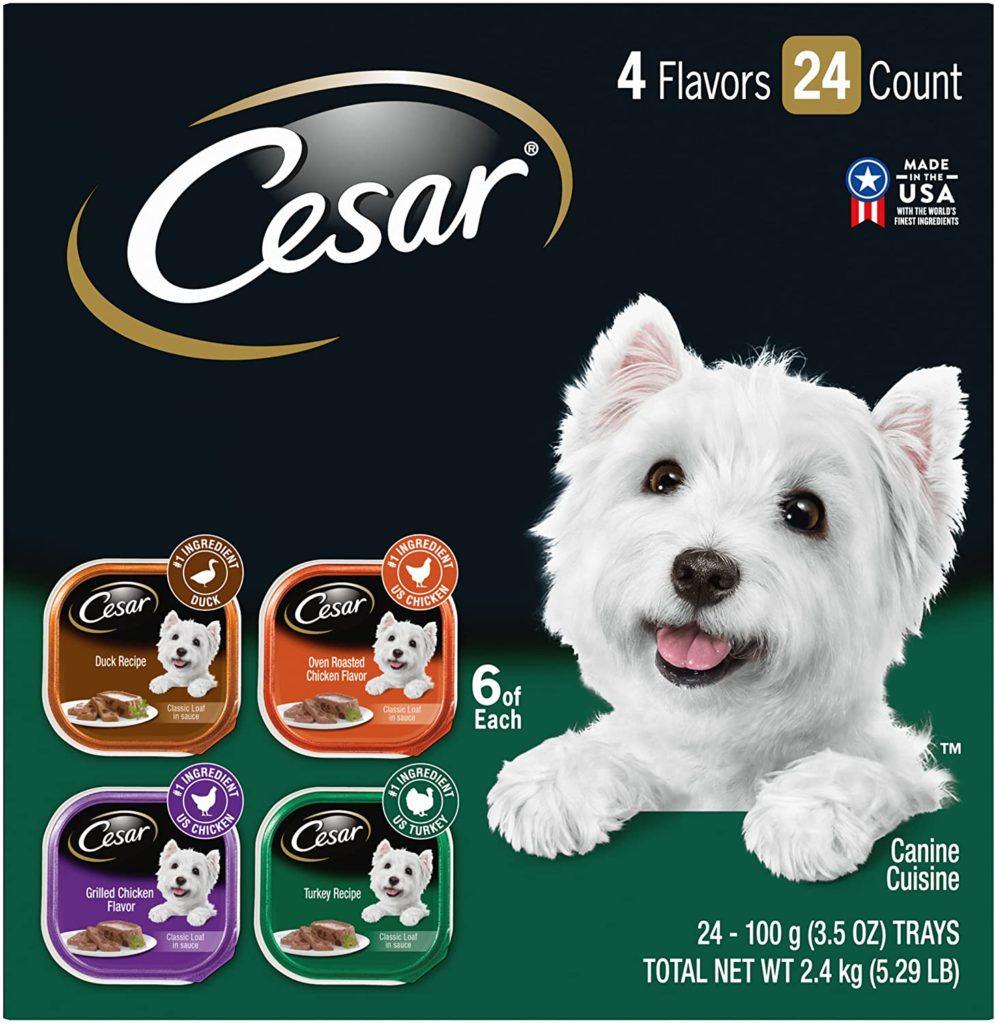
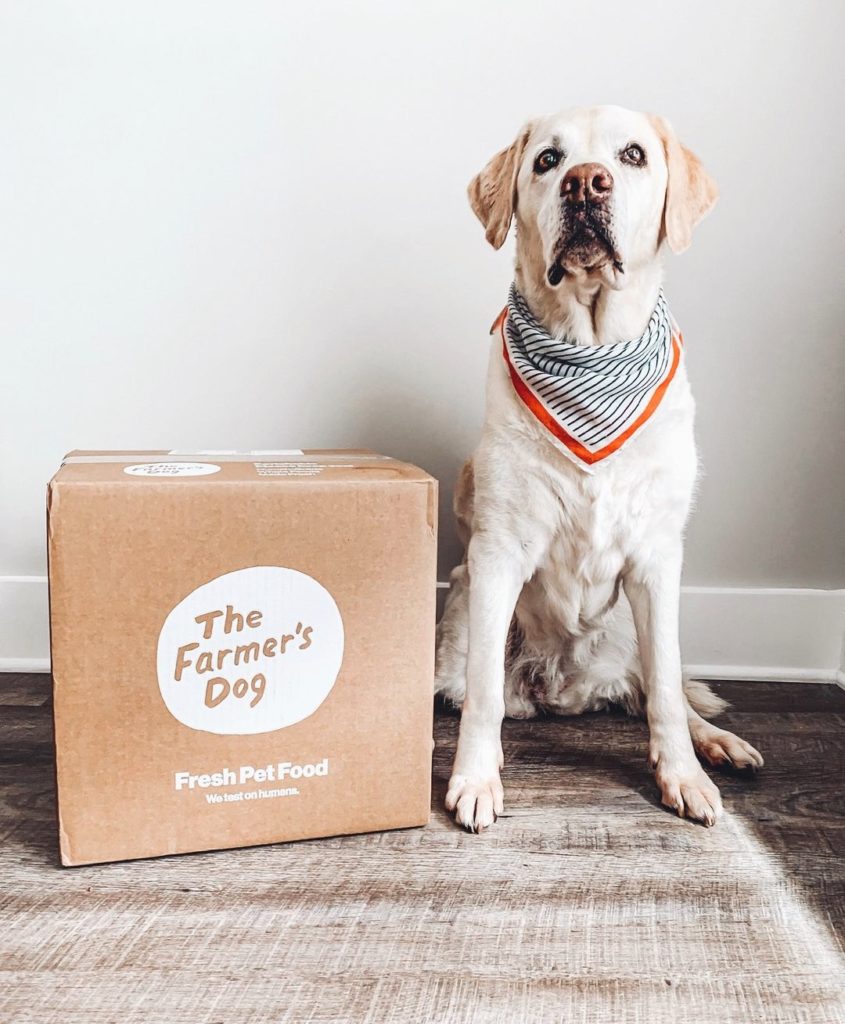
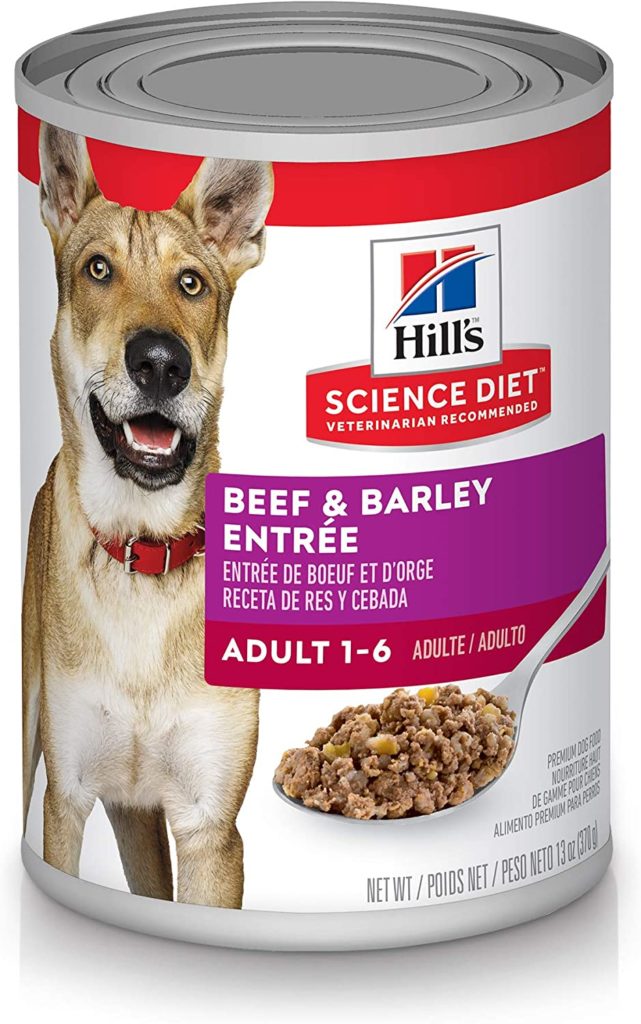
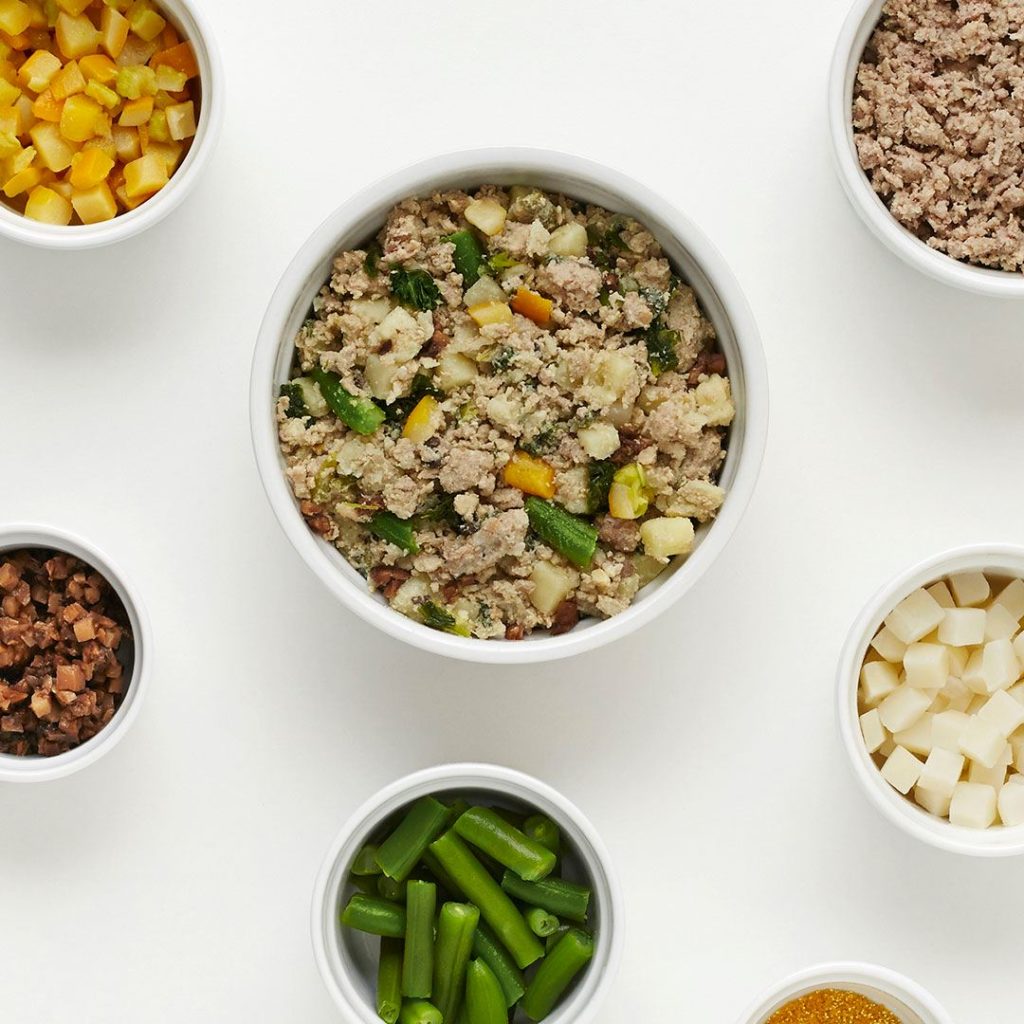
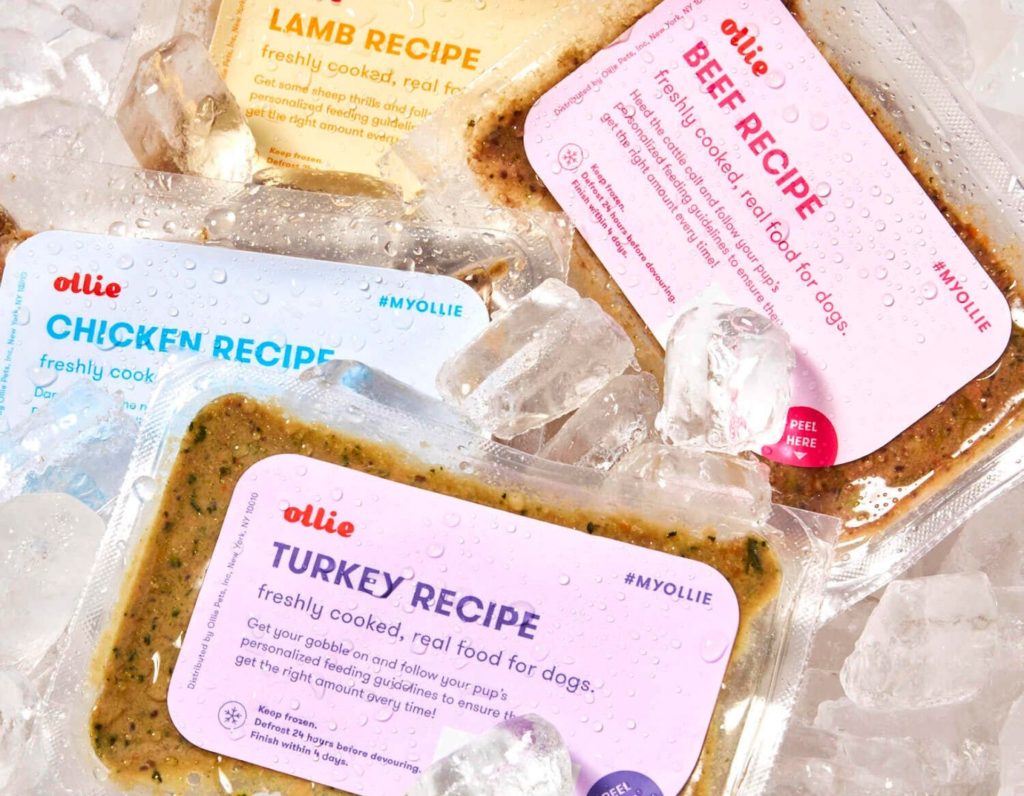
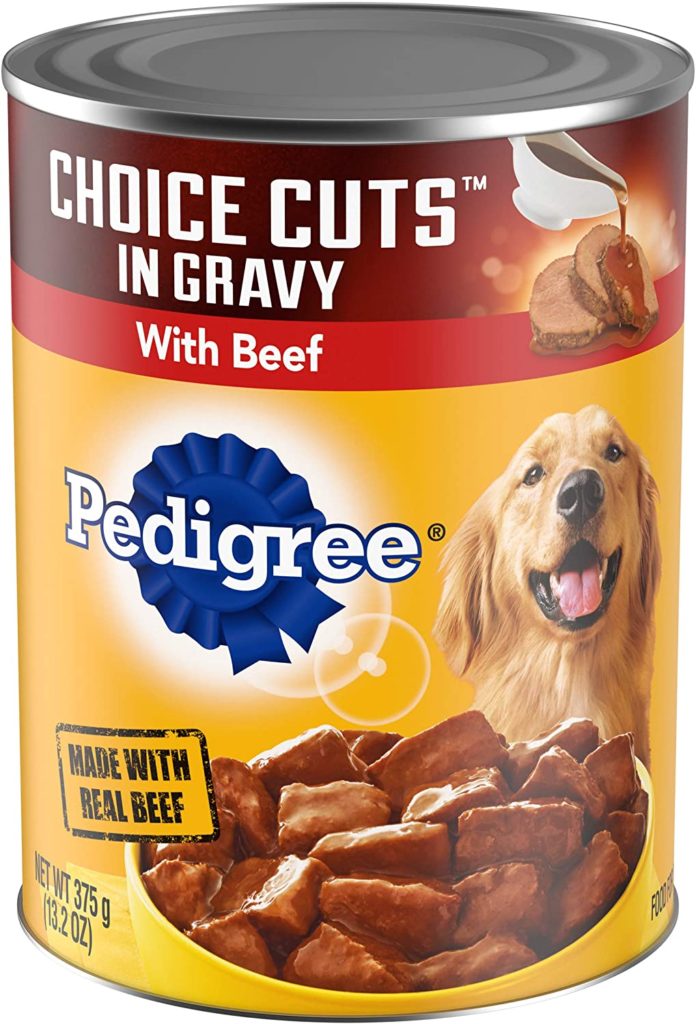
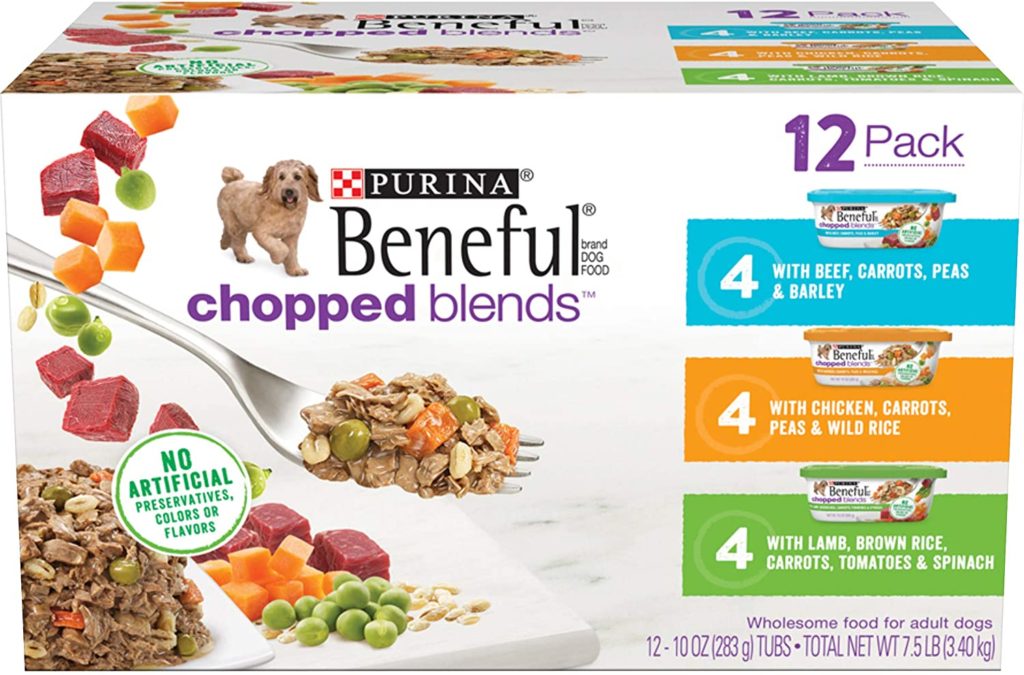
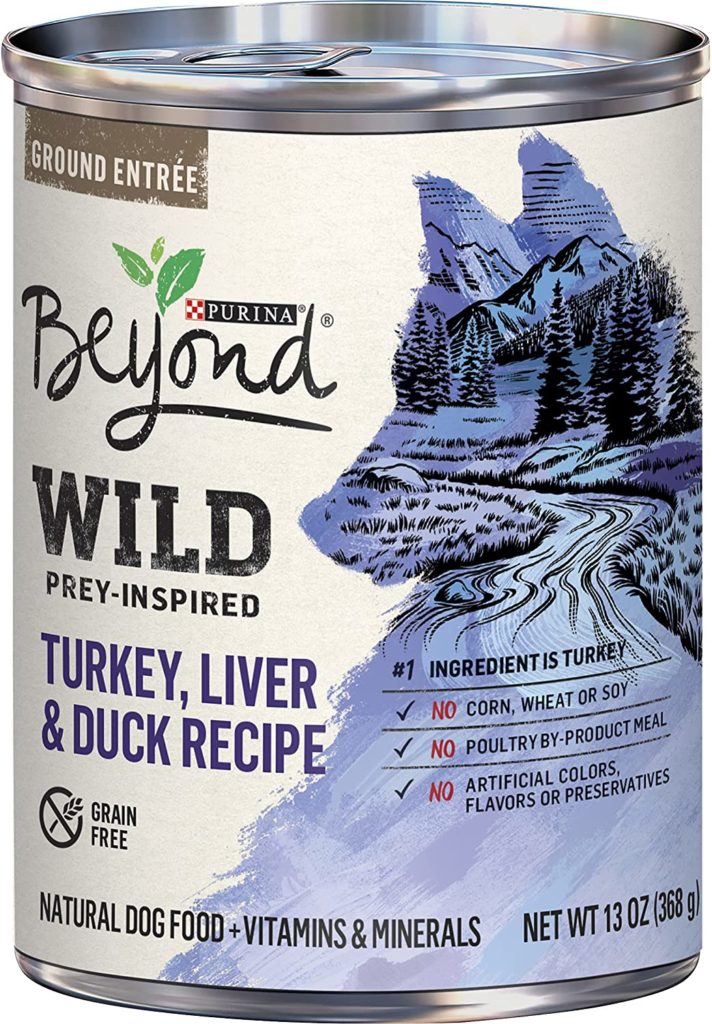
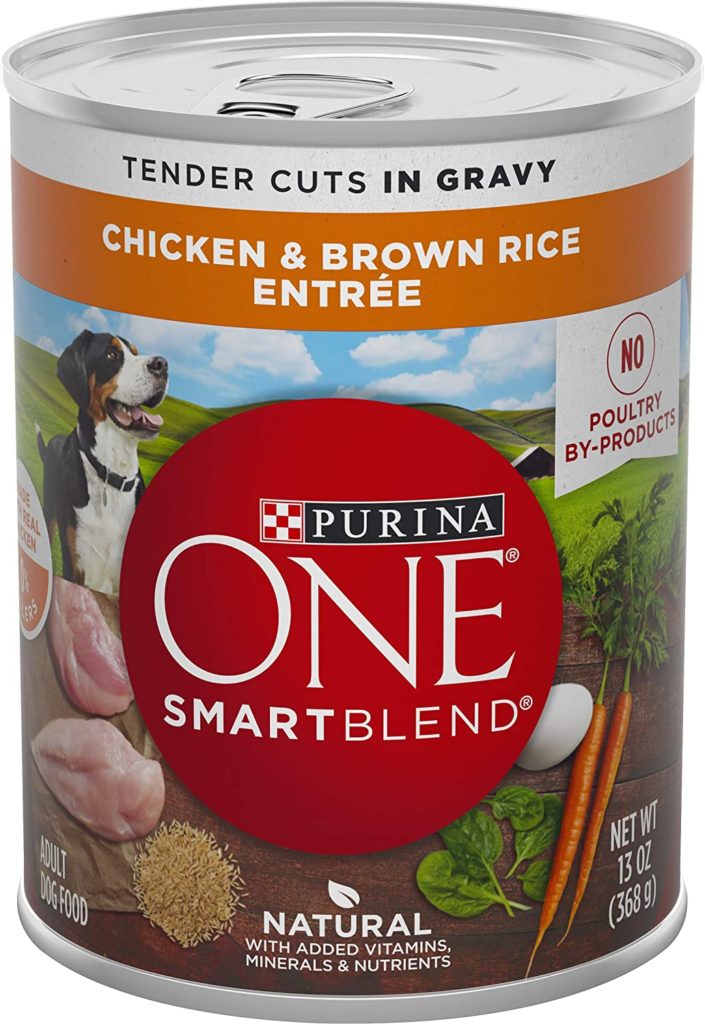
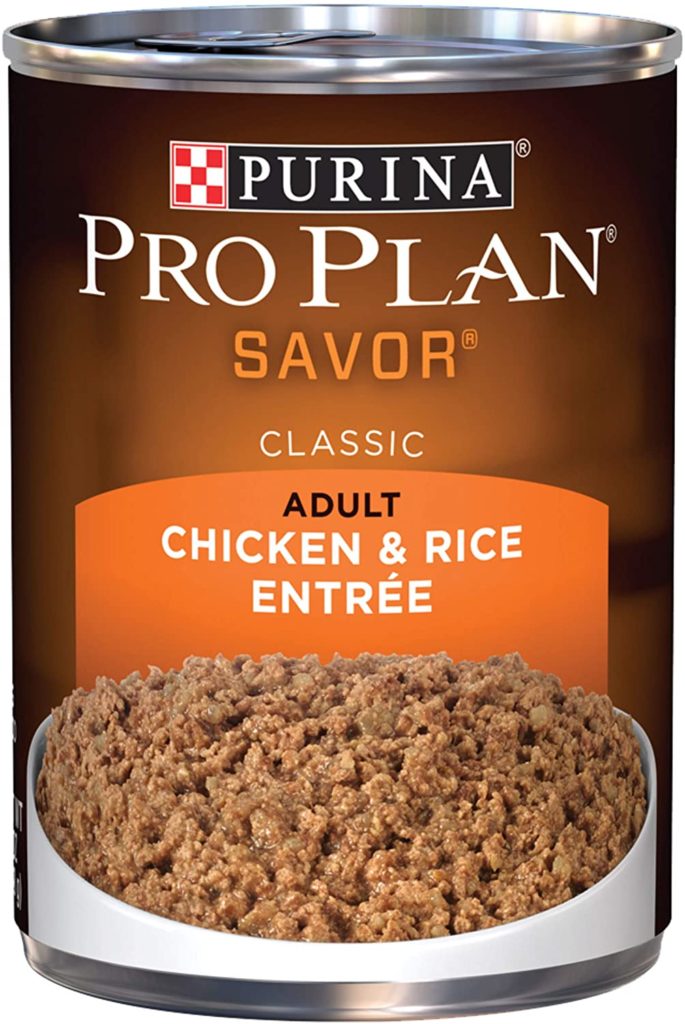
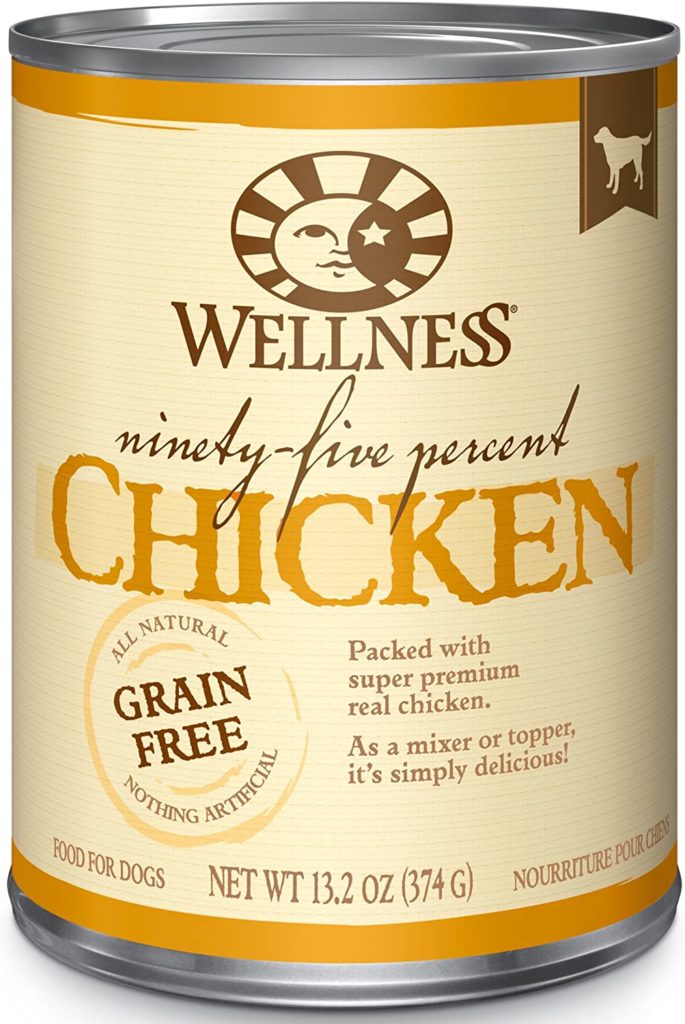



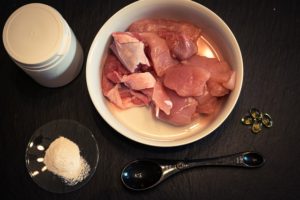
No comment yet, add your voice below!